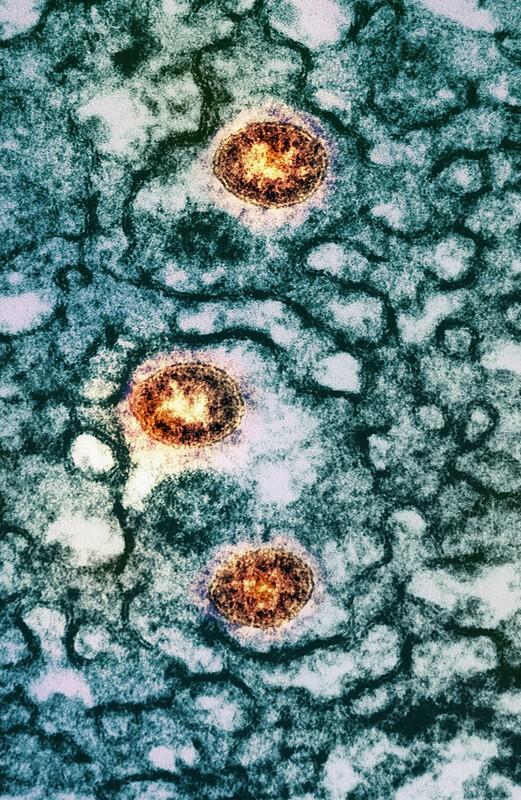In its updates on respiratory virus activity today, the US Centers for Disease Control and Prevention (CDC) said the XBB.1.5 Omicron subvariant is now dominant in most US regions as a decline in infections appears to be slowing or leveling off.
US decline slows as XBB.1.5 dominance grows
In updated variant projections today, the CDC said the more transmissible XBB.15 subvariant makes up an estimated 74.7% of cases, up from 66.4% last week. The only area where the subvariant isn't dominant is in the far northwestern region, which includes Alaska, Idaho, Oregon, and Washington.
No other variants increased in proportion, including the CH.1.1, a BA.2.75 sublineage that has been spreading in the United Kingdom since November and is making up increasing proportions of viruses there.
In its weekly situation update today, the CDC said it expects XBB.1.5 to have at least one sublineage (XBB.1.5.1), which the agency may break out in its projections next week when the sublineage is expected to rise above the 1% weighted estimates.
In its weekly situation update today, the CDC said the 7-day average for new daily cases is 40,404, down 1% compared to a week ago. For comparison, the decline in the 7-day average last week was 6%.
Meanwhile, the 7-day average for new COVID-19 hospitalizations declined 6.2% last week. For deaths, the country averaged 453 new fatalities each day last week, down 9.7% compared to the previous week.
Hospitalizations rise in UK
In a weekly snapshot of COVID-19 activity in Europe, the European Centre for Disease Prevention and Control (ECDC) said markers are stable overall, a slight shift from steadily improving trends over the past weeks. Some countries are reporting small rises in notification rates, and the XBB.1.5 subvariant is slowly growing, now making up an estimated 7.4% of cases.
In the United Kingdom, the Health Services Agency is reporting a mixed picture, with increases in some indictors, including hospitalizations, especially in seniors.
On Twitter, Mary Ramsay, MBBS, who directs HSA's public health programs, said CH.1.1 and XBB.1.5 have a growth advantage in Britain, and further increases in transmission and hospitalizations are possible in the weeks ahead.





















